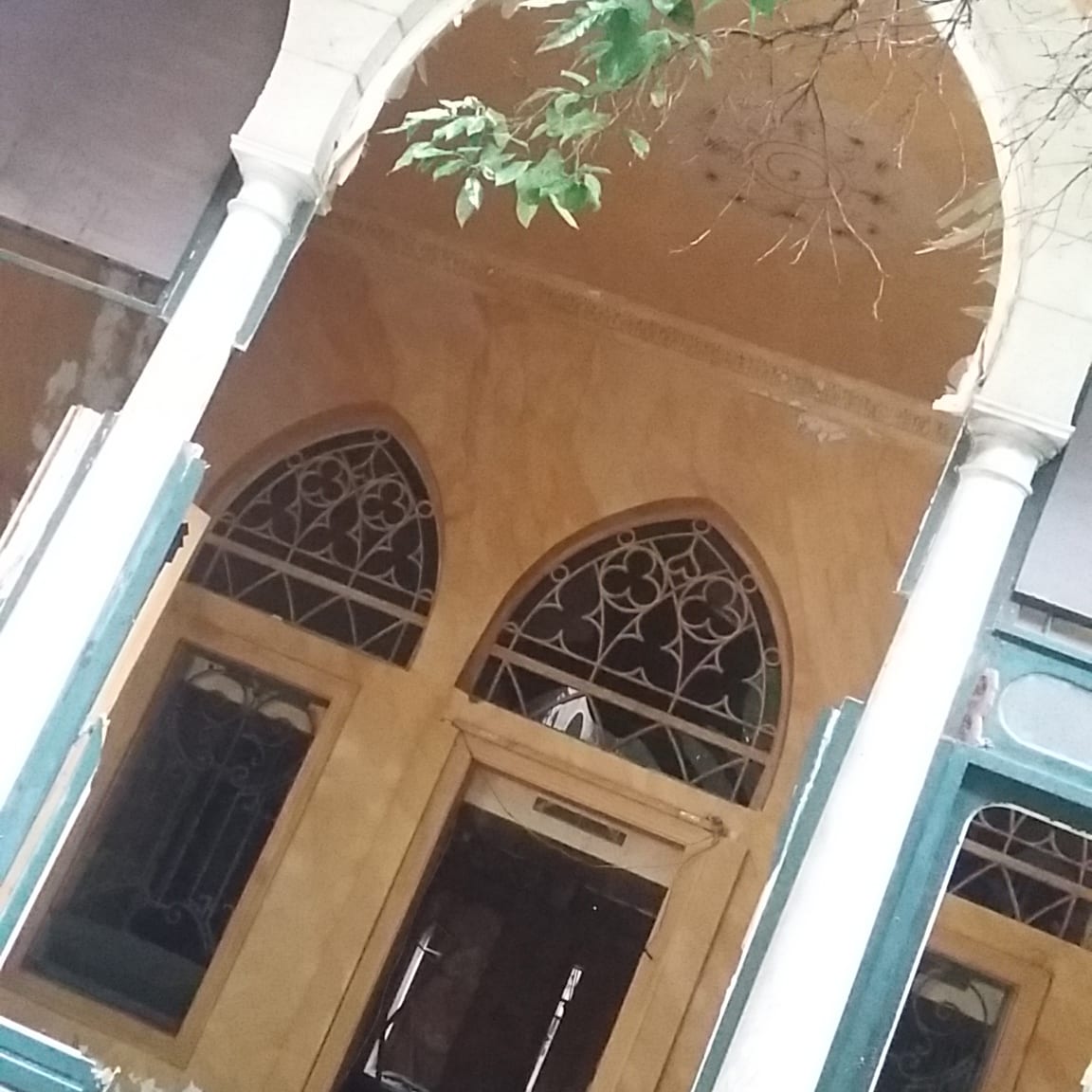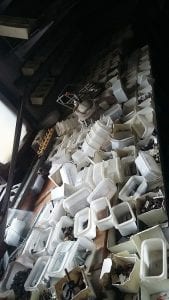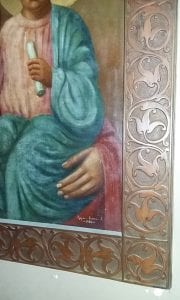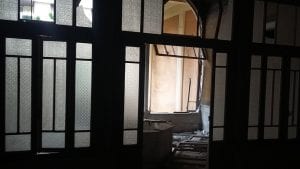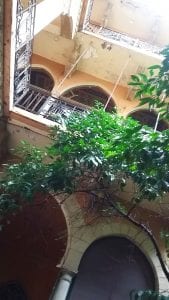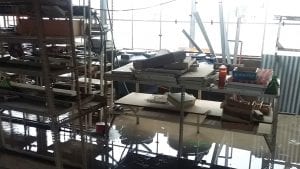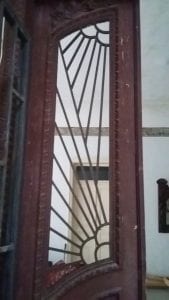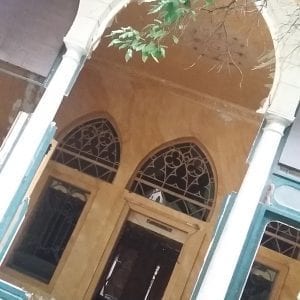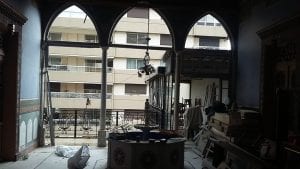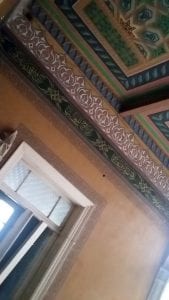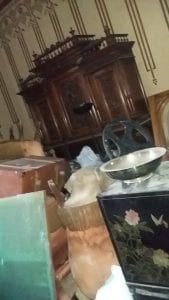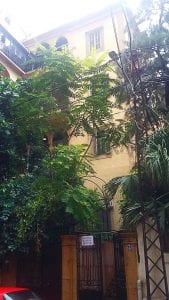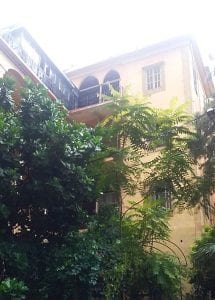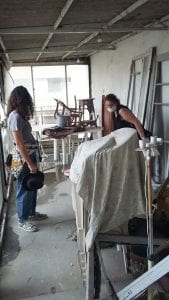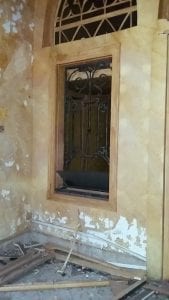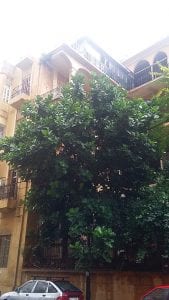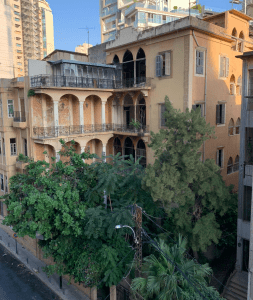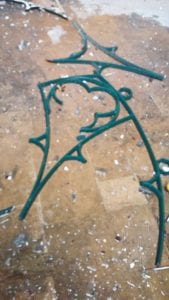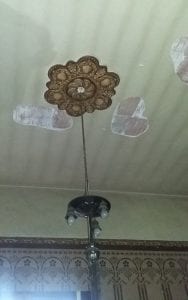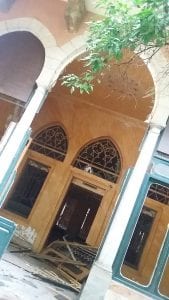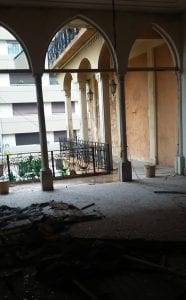Rmeil 156 (Tabbal Building)
-
$500,000.00
Funding Goal -
$0.00
Funds Raised -
0
Days to go -
Target Goal
Campaign End Method
Campaign Story
Damage Assessment Report
 Waterleaks from the roof to the 3rd floor from before the explosion, which increased after the blast.
Waterleaks from the roof to the 3rd floor from before the explosion, which increased after the blast.- All openings (windows, doors) damaged and are allowing rainwater inside the edifice.
- Threatened decorated ceilings, walls, floors and doors
- Stairwell damage needs urgent action
- Roof repair is urgent to prevent more water seepage into the rest of the building

General Information
Owned by: The Tabbal family
Classified by the DGA Yes
Age: Early 20th century (100+ years)
Floor Areas: 295 sqm each
Total Area: 1180 sqm
Floors: 3+ Terrace (4th floor)
Main Entrance: Wrought iron
Style: Triple arched arcades, balcony basins, garden
Restoration Cost Estimate 500 000 USD (approx. estimate)
* Cost estimates, although made by professionals, are always approximative and could change once a project is underway.
interview with the building owner(s)
APLH : Tell us about this house...
Marilyn Haddad (MH): The building is more than 100 years old, and tells many memories and stories that we deeply cherish. It is also the love story of a Lebanese trader who buys a two-storey house and expands it to four to start a family and live there with his 4 children.
It's also the love story of my mom and dad, who got to know each other on these same rooftops.
It is the story of a typical beloved Lebanese house with arcades and painted ceilings that defied time, wars, earthquakes and above all the explosion of August 4th.
This was initially a 2-floor house when we purchased it, and our family added the extra 2 floors later. The building witnessed some wonderful years, and we rented a part of it as a restaurant, and for a time it was a consular residence. We live in our respective homes now but we still own this house and visit it regularly. It’s the repository of our childhood and all good memories.
APLH : Who was the last person to live here?
(MH): My uncle who has no place to go, after the explosion severely damaged our building. My uncle, who loved to work in his atelier on the last floor, spent a lot of time tinkering and assembling various objects there. The atelier has been ruined by the explosion but some of its consumables and tools can still be salvaged.
APLH : Did someone help you with cleaning and repairs after the explosion?
(MH): We did have several volunteers who helped us sort out the objects we could still save or keep. But as our building is classified by the DGA, we need a lot of paperwork from the Lebanese authorities to be able to so much as change a window. Meanwhile, we’re helplessly watching our childhood home crumble into ruin.
APLH : Do you intend to sell this building if you are offered to?
(MH): This is our family heirloom and we would not consider selling it. We would however, be happy if it is rented to an organization such as The Red Cross or any similar entity that works for the benefit of the public. We want to keep this house and see it alive. We wish to preserve this jewel of a Lebanese architecture.
Please help us meet this challenge!

